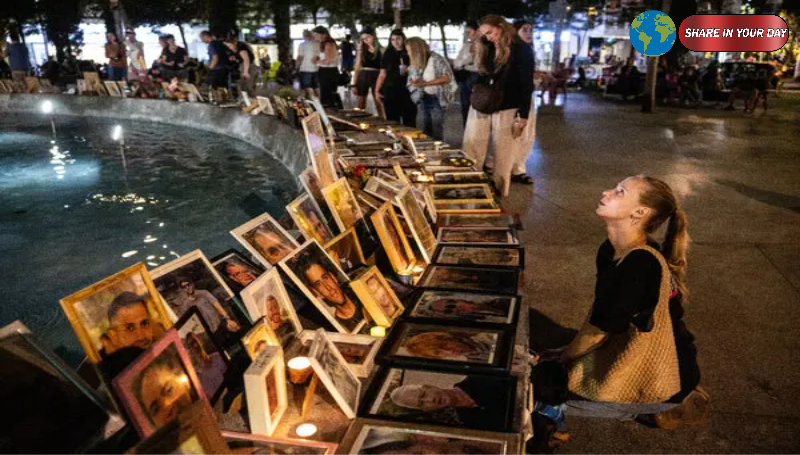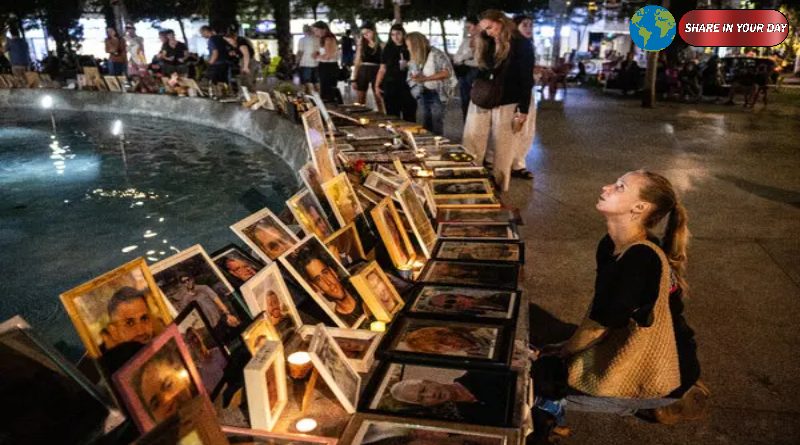Israel-Hamas Ceasefire: Progress, Obstacles, and the Human Toll
Negotiations toward a ceasefire between Israel and Hamas have entered a critical phase as each side tests the boundaries of compromise. While both parties express a desire to halt the fighting, deep divisions over terms, enforcement, and timing continue to threaten any agreement.
Early Signals of Agreement — But Not Yet Consensus
Efforts brokered by regional mediators, including Egypt, Qatar, and the United Nations, have produced draft proposals intended to:
- halt cross-border attacks and retaliations,
- open humanitarian corridors into Gaza,
- exchange prisoners and hostages,
- agree on rebuilding and reconstruction aid.
Israeli officials have indicated openness to a temporary pause under strict conditions, particularly ensuring the release of hostages and stringent security guarantees. Hamas, in turn, has shown willingness to accept a limited truce—if it includes lifting parts of the blockade on supplies into Gaza.
But on key points—such as the duration of the ceasefire, verification measures, and the sequence of prisoner releases—major gaps remain.
The Core Disagreements
- Sequencing of Hostage Release
Israel insists that hostages be released early and in substantial numbers, before relief can flow into Gaza. Hamas demands that aid and reconstruction assistance go hand in hand with releases. - Security Oversight
Israel demands rigorous mechanisms to prevent rearmament and renewed attacks. Hamas and Gaza authorities fear that too much oversight will undermine their sovereignty or give Israel covert access. - Blockade and Access
Hamas seeks meaningful loosening of the blockade to allow fuel, food, medical supplies, and building materials. Israel fears that such easing could allow reintroduction of weapons. - Duration and Renewal
Israel is wary of open-ended truces; Hamas seeks longer durations to cement relief and reconstruction. Whether a ceasefire would automatically renew or require renegotiation is a point of contention.
The Humanitarian Cost
Gaza’s civilians continue to suffer under the blowback of war. Shortages of clean water, medical supplies, electricity, and shelter are widespread. Hospitals strain, and basic services collapse. A fragile truce could bring vital breathing room for aid agencies to reach starving communities.
In Israel, homes near Gaza remain under threat of rocket fire, and civilian life remains on edge. Psychological and material damage mount on both sides.
Mediation teams underscore that for any ceasefire to hold, it must be credible and enforceable—and matched with rapid humanitarian support.
What Happens Next?
- Intensive shuttle diplomacy is expected to continue over the coming days, with envoys traveling between capitals in the region.
- Announcing a “framework agreement” may be the first step: a skeleton deal covering major terms, leaving details to technical working groups.
- Monitoring and compliance mechanisms will likely involve neutral observers or UN agencies, though their authority will be contested.
- Ceasefire breakdown risk is high: any attack during pauses could unravel the entire negotiation.
- Post-ceasefire agenda: even if fighting halts, substantial challenges remain—reconstruction, governance, refugee returns, and long-term security must be addressed.
The Stakes Are High
A successful ceasefire could:
- Save lives and prevent further destruction.
- Enable humanitarian access to the most vulnerable.
- Create political space for broader peace efforts.
But if it fails, the war may reignite with more intensity, trust will erode further, and the region could spiral into deeper instability.





